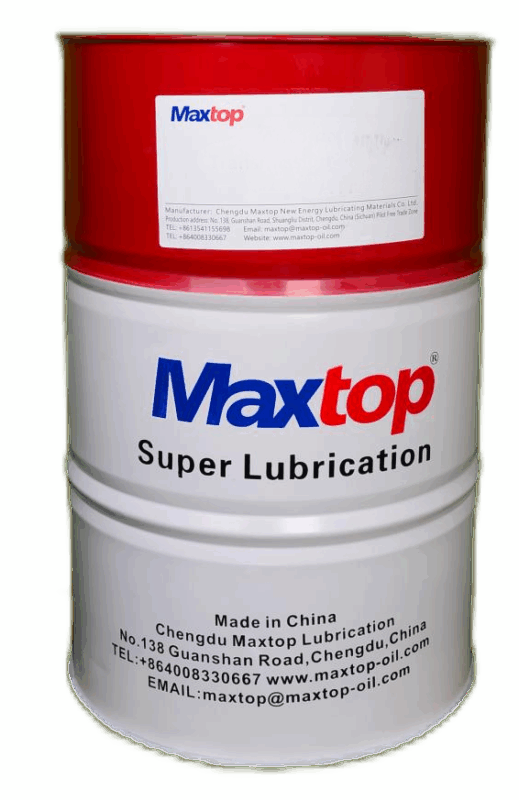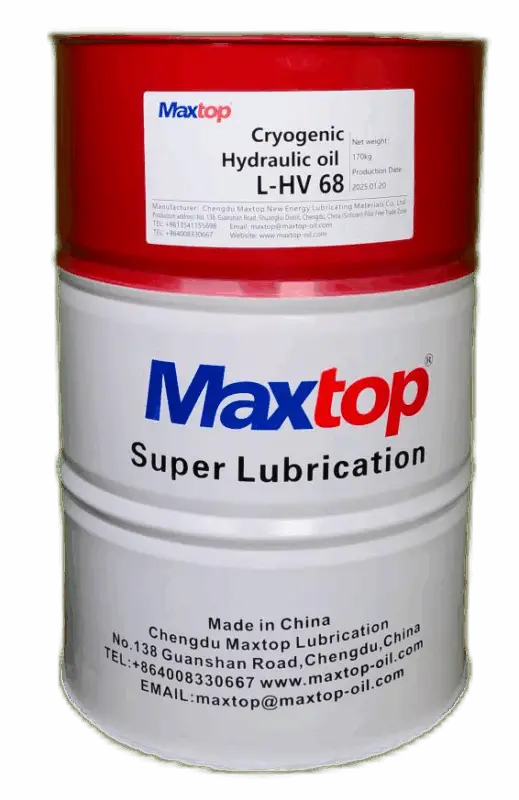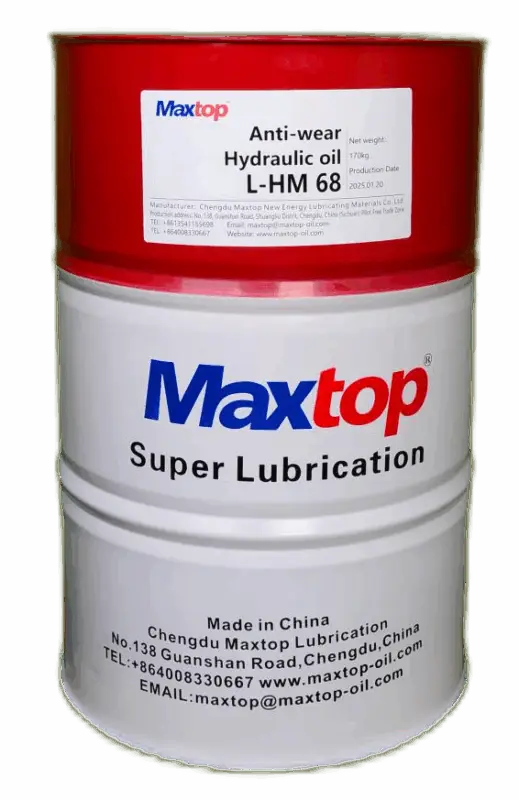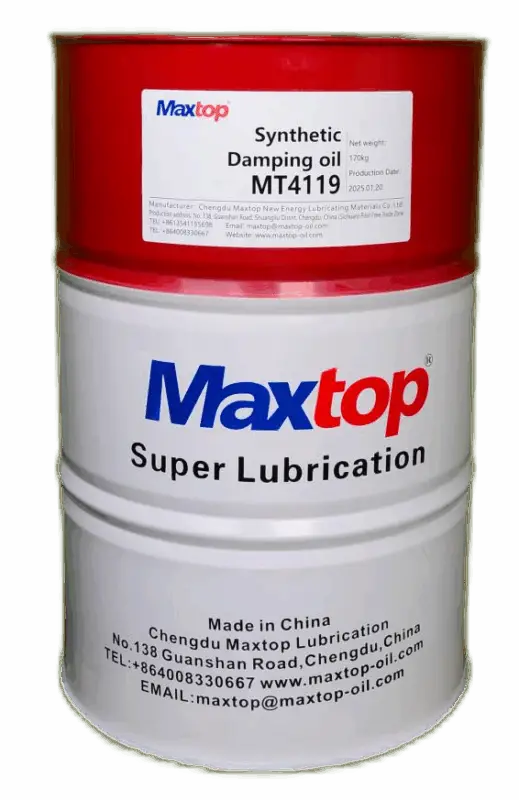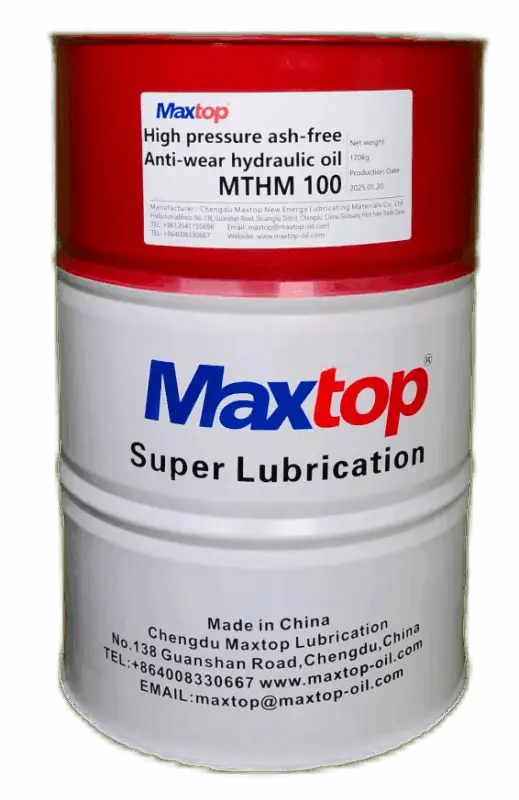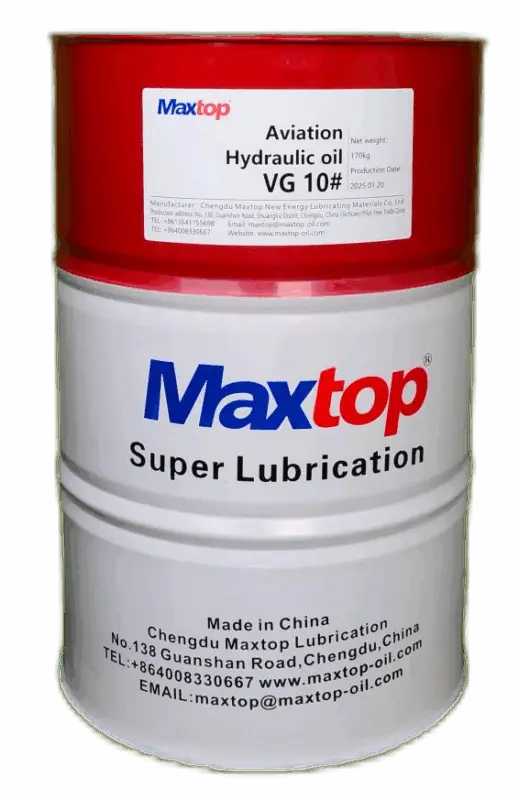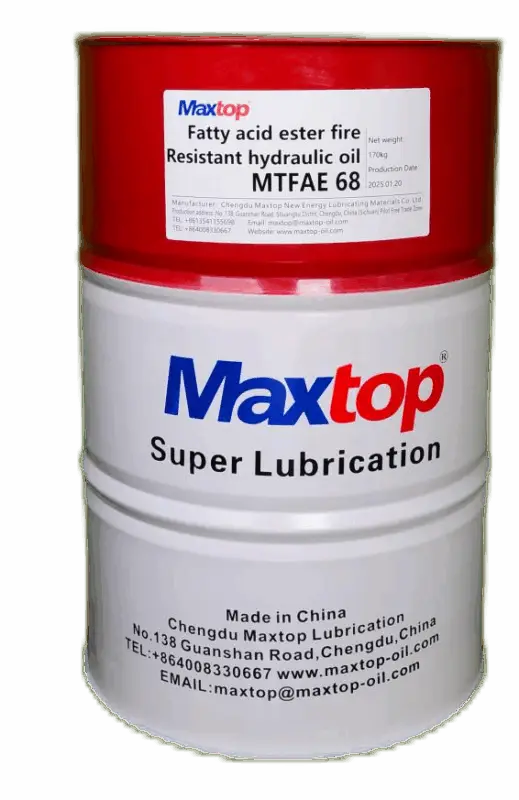How to Choose the Right Hydraulic Oil for Your Application
No-Stain vs. Ashless vs. Regular Hydraulic Oils: Why Surface Cleanliness Matters in Aluminum Foil Rolling
Hydraulic fluids are the lifeblood of any hydraulic system, enabling power transmission, reducing friction, and dissipating heat. However, not all hydraulic oils are created equal—particularly in precision industries where surface cleanliness directly affects product quality.
In fields like aluminum foil rolling, electronics manufacturing, and food-grade packaging, even minor surface contamination can lead to product rejection. Selecting the right hydraulic oil is therefore critical—not just for system performance, but also for ensuring a clean, defect-free product.
This article compares No-Stain Hydraulic Oil, Ashless Hydraulic Oil, and Conventional Hydraulic Oil, outlining their differences, use cases, and why No-Stain Hydraulic Oil is the go-to solution for applications demanding absolute cleanliness.
1. Key Differences at a Glance
| Hydraulic Oil Type | Key Characteristics | Primary Benefits | Best Applications |
|---|---|---|---|
| No-Stain Hydraulic Oil | Evaporates cleanly under heat | Leaves no stain, even during high-temp processing | Aluminum foil, copper strip, electronics |
| Ashless Hydraulic Oil | Free of metal-based additives | Lower deposit formation, good wear protection | High-load hydraulic systems, heavy machinery |
| Regular Hydraulic Oil | Contains metallic detergents and additives | Low cost, general lubrication performance | Standard industrial equipment |
Summary:
No-Stain Oil is engineered for cleanliness.
Ashless Oil balances protection and system cleanliness.
Regular Oil is adequate for non-critical systems but may pose contamination risks in sensitive processes.
2. Testing “No-Stain” Claims: The Annealing Simulation
In aluminum foil production, annealing at ~340°C enhances foil strength and surface uniformity. If hydraulic oil contaminates the rolling oil, it may burn off during annealing, leaving visible stains or discoloration.
To verify a hydraulic oil’s no-stain performance, a simple lab procedure is often used:
5-Step Test Procedure:
Clean a 12×12 cm aluminum foil sheet using alcohol.
Prepare a 10:90 mix of hydraulic oil and rolling oil.
Apply and spread 5 drops evenly on the foil surface.
Heat in a muffle furnace at 340°C for one hour.
Allow to cool and inspect for discoloration or residue.
Result Classification:
| Rating | Surface Result | Industrial Implication |
|---|---|---|
| Best | Completely clean | Suitable for premium-grade foil, no visible defects |
| Good | Slight yellow tint, no deposits | Acceptable in most clean product lines |
| Fair | Yellowing or minor visible stains | May pass for lower-grade products |
| Poor | Noticeable brown spots or film | Contamination risk, quality concern |
| Worst | Heavy stains or baked-on residue | High scrap rate, unacceptable for quality control |
For surface-critical industries, only “Good” or “Best” results are acceptable.
3. Why Cost-Cutting Can Backfire
Conventional hydraulic oils are often selected for their lower price point. However, these fluids typically contain metal-based detergents and additives that can break down under heat, leaving carbon deposits and stains.
In high-spec manufacturing environments, this can lead to:
Increased product rejection rates
Line stoppages and downtime
Damaged customer trust or failed audits
A modest investment in cleaner oil can prevent far greater losses downstream.
4. Characteristics of a True No-Stain Hydraulic Fluid
To perform reliably under harsh operating conditions without staining sensitive surfaces, a No-Stain Hydraulic Oil must satisfy several critical criteria:
Clean Burn-Off: Leaves no visual residue post-evaporation at high temperatures.
High Thermal Stability: Withstands extended heat exposure without oxidizing or decomposing.
Metal-Free Formulation: Avoids ash-forming additives that can deposit on surfaces.
Compatible with Rolling Oils: Fully miscible and chemically inert when mixed.
5. Supporting Laboratory Data: Stability Under Stress
Two industry-standard tests are typically used to confirm a hydraulic fluid’s resistance to heat and oxidation:
| Test Method | Purpose | Passing Criteria |
|---|---|---|
| ASTM D2070 | Measures thermal stability, sludge formation | Sediment ≤ 100 mg/100 mL |
| Rotating Bomb Oxidation Test (RBOT) | Evaluates oxidation resistance under pressure | Longer induction time = better performance |
A No-Stain Hydraulic Oil that passes both demonstrates its ability to maintain cleanliness and stability even in high-load, high-temperature systems.
6. Final Comparison Table
| Property | No-Stain Hydraulic Oil | Ashless Hydraulic Oil | Regular Hydraulic Oil |
|---|---|---|---|
| Staining after annealing | ❌ None | ⚠️ Possible | ✅ Likely |
| Contains metal-based additives | ❌ No | ❌ No | ✅ Yes |
| Wear protection | ★★★ | ★★★★ | ★★ |
| Suitable for surface-sensitive use | ✅ Yes | ⚠️ Limited | ❌ No |
| Approximate cost | High | Medium | Low |
✅ Key Takeaways and Recommendations
For industries where surface cleanliness is non-negotiable — such as aluminum foil production, electronics, and packaging — No-Stain Hydraulic Oil is the only reliable option.
Ashless Hydraulic Oil offers excellent protection for equipment under pressure, with reduced deposit risks, but may not fully eliminate stain potential during heat treatment.
Regular Hydraulic Oil is best reserved for general-purpose machinery not exposed to high temperatures or surface-critical applications.
Recommendation by Application:
| Use Case | Recommended Hydraulic Oil |
|---|---|
| Annealing or foil rolling lines | ✅ No-Stain Hydraulic Oil |
| Heavy-duty mobile or plant equipment | ✅ Ashless Hydraulic Oil |
| Low-risk, low-cost machinery | ✅ Regular Hydraulic Oil |
Investing in the correct hydraulic fluid helps maintain product integrity, reduce rejection rates, and extend equipment service life—especially in operations where cleanliness defines quality.
Contact Maxtop today for expert guidance and customized solutions for your heating system needs!


